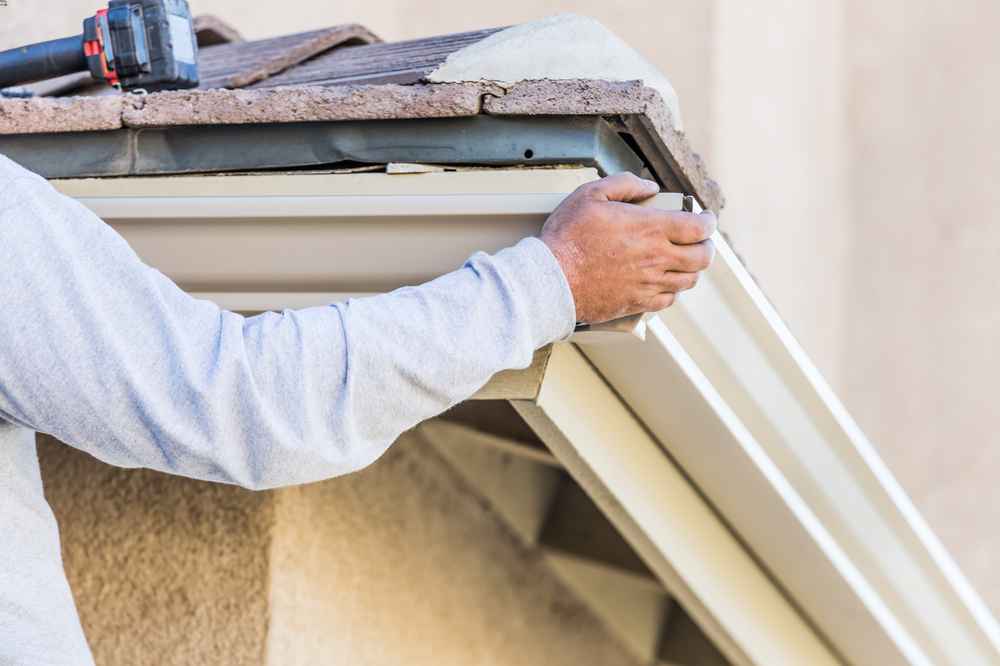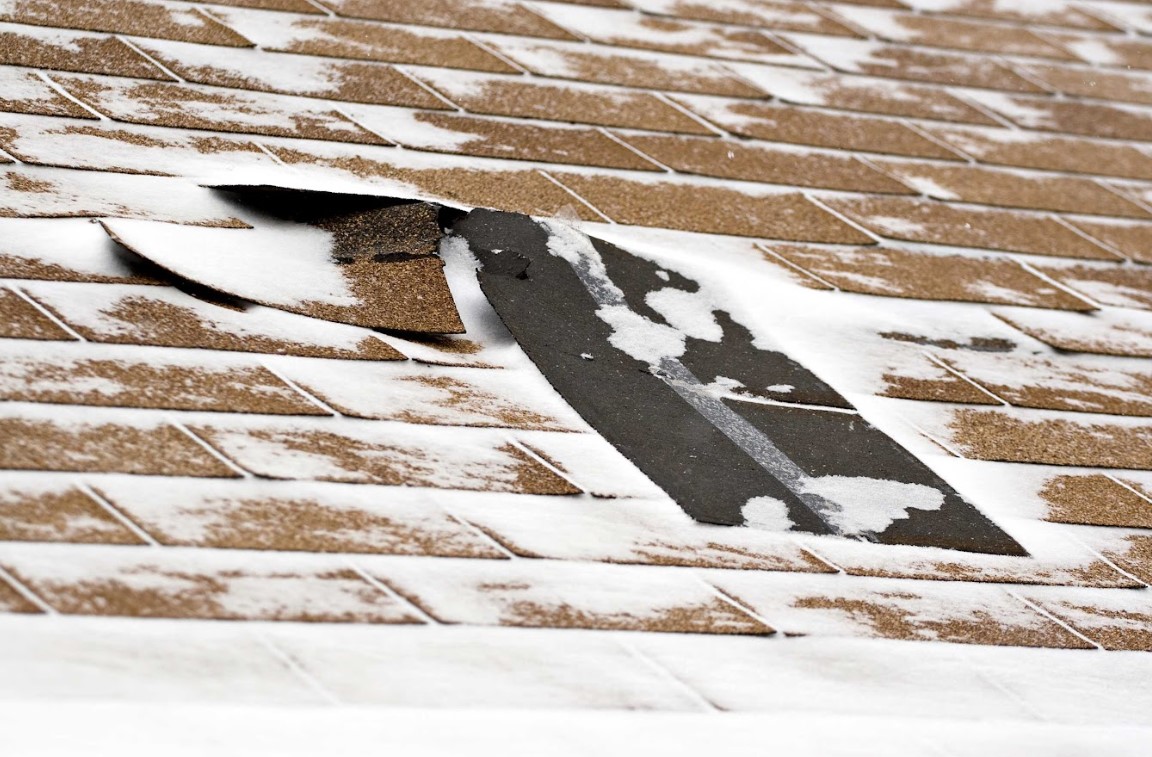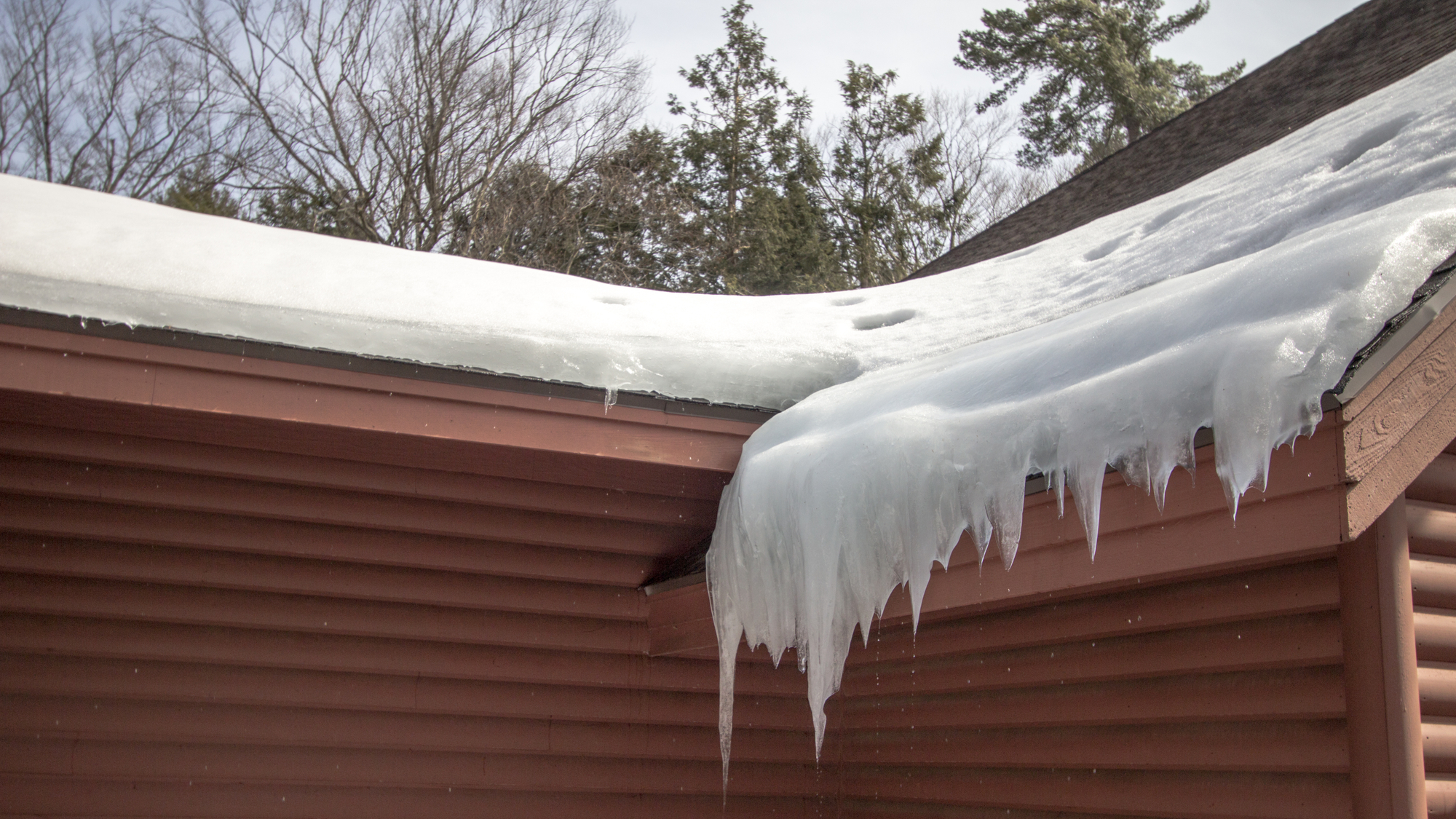When the skies open up and the rain comes pouring down, your home’s first line of defense isn’t your roof; it’s your gutters. Without a well-maintained gutter system, even the most structurally sound homes can face serious damage. From foundation cracks to mold growth and ruined landscaping, water runoff can wreak havoc quickly.
That’s why gutter maintenance tips aren’t just seasonal advice; they’re year-round protection strategies. Whether you’re preparing for spring showers or North Carolina’s intense summer thunderstorms, knowing how to care for your gutters can help you prevent home water damage and save thousands in repair costs.
Let’s go through everything homeowners need to know about getting their gutters storm-ready, including the best heavy rain gutter tips and signs it’s time to bring in a professional.
Key Takeaways
- Gutters are crucial for preventing water damage.
- Clogged or damaged gutters can lead to leaks, mold, and foundation issues.
- Clean gutters twice a year, or more often after storms or if you have nearby trees.
- Downspouts should be clear and direct water at least 4–6 feet from your home.
- Gutters must have a proper slope to prevent pooling and overflow.
- Gutter guards reduce maintenance and help keep water flowing.
- Add drainage solutions like splash blocks or French drains for extra protection.
- Watch for early signs of trouble: stains, puddles, sagging, or mold.
Why Gutter Maintenance Matters
Gutters aren’t glamorous, but they’re essential to protecting your property. Their job is simple: collect rainwater from your roof and direct it safely away from your home. But when they get clogged, broken, or overwhelmed, problems build up faster than you may think.
Neglected gutters can lead to:
- Water seeping into your basement or crawl space
- Roof leaks from water backup
- Rotten fascia boards and siding
- Soil erosion around the foundation
- Mold and mildew in the attic or walls
- Cracks in driveways or walkways from pooling runoff
It all starts with water, and proper gutter maintenance tips are your best defense.
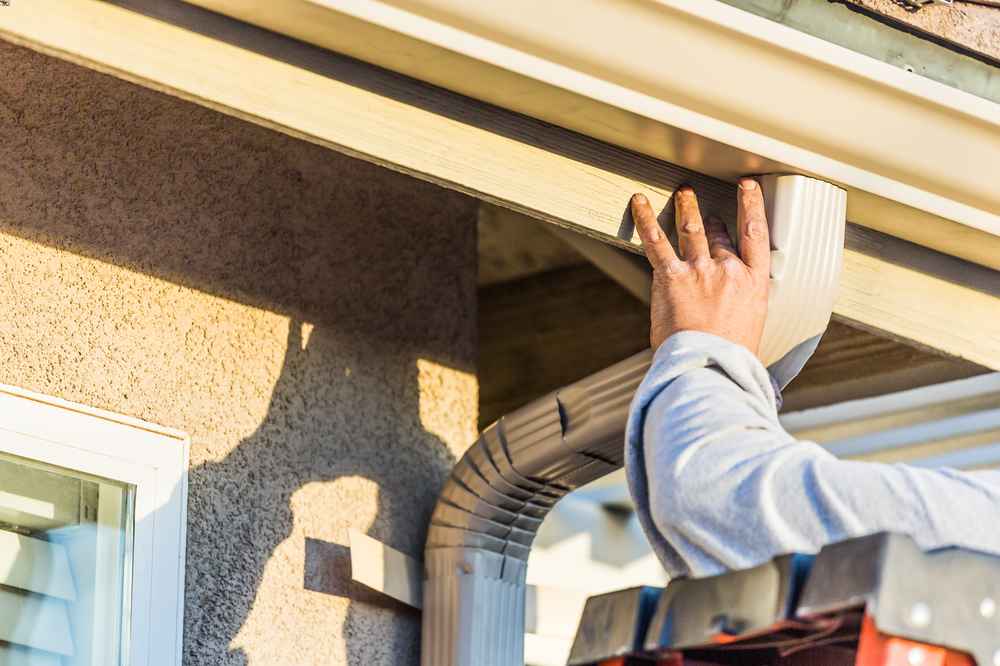
Clean Gutters: The First Step to Storm Readiness
Cleaning your gutters regularly is the most basic but important step in preventing damage. When leaves, twigs, and debris pile up, they block water flow. This forces rain to spill over the sides of the gutters, where it can saturate your foundation or flood your landscaping.
How Often Should You Clean Your Gutters?
For most homes, gutters should be cleaned at least twice a year, once in the spring to clear winter debris, and again in the fall after the leaves have dropped.
However, your home’s specific environment may call for more frequent cleanings:
- Homes with overhanging trees, especially pines, may require cleaning every 3 months due to excessive leaf or needle buildup.
- After major storms, including hurricanes or heavy winds, check your gutters immediately, storms often wash debris into the system.
- Fall foliage can clog gutters fast. Consider waiting until most leaves have dropped, but don’t delay until winter.
- Gutter guards can reduce cleaning frequency, but they still need occasional maintenance to stay effective.
We get it. Climbing a ladder isn’t ideal, but it’s a necessary part of homeownership. If you don’t want to, consider hiring a professional.
Many roofing contractors offer affordable gutter cleaning services, and while they’re up there, they can inspect your system for damage or drainage issues.
Downspouts: The Unsung Hero of Gutter Health
Even if your gutters are spotless, a clogged or poorly placed downspout can still cause serious issues. Downspouts move the water from your gutters away from your home’s base, and when they’re blocked, water pools dangerously close to your foundation.
Downspout best practices:
- Use a hose to flush each downspout after cleaning the gutters.
- Install strainers at the top of downspouts to catch large debris.
- Add extensions or splash blocks to move water at least 4–6 feet away from your foundation.
- Bury downspouts or direct them into a French drain system if your property retains a lot of water.
These simple adjustments can go a long way toward helping you prevent home water damage before it ever begins.
Don’t Forget the Slope
Did you know gutters should have a slight downward pitch to guide water toward the downspouts? If they’re level or sloped the wrong way, water can pool and overflow even when they’re clean.
Quick gutter pitch check:
- Take a garden hose and run water through the gutter.
- Watch how the water flows; if it moves slowly or pools in the middle, your pitch is off.
- Gutter hangers may need to be adjusted or replaced to correct the angle.
Improper slope is one of the most overlooked causes of leaks, backups, and overflow in residential gutter systems. It’s also a common reason homeowners call for repairs during or after storms, so fixing this early is a top heavy rain gutter tip.
Gutter Guards: A Smart Upgrade
If you’re tired of constant cleaning or live in a wooded area, gutter guards can be a game-changer. These protective covers block leaves and debris while allowing water to flow freely.
While no system is maintenance-free, gutter guards significantly reduce the frequency of cleanings and help keep water moving when it matters most. They’re one of the top gutter maintenance tips for long-term ease and efficiency.
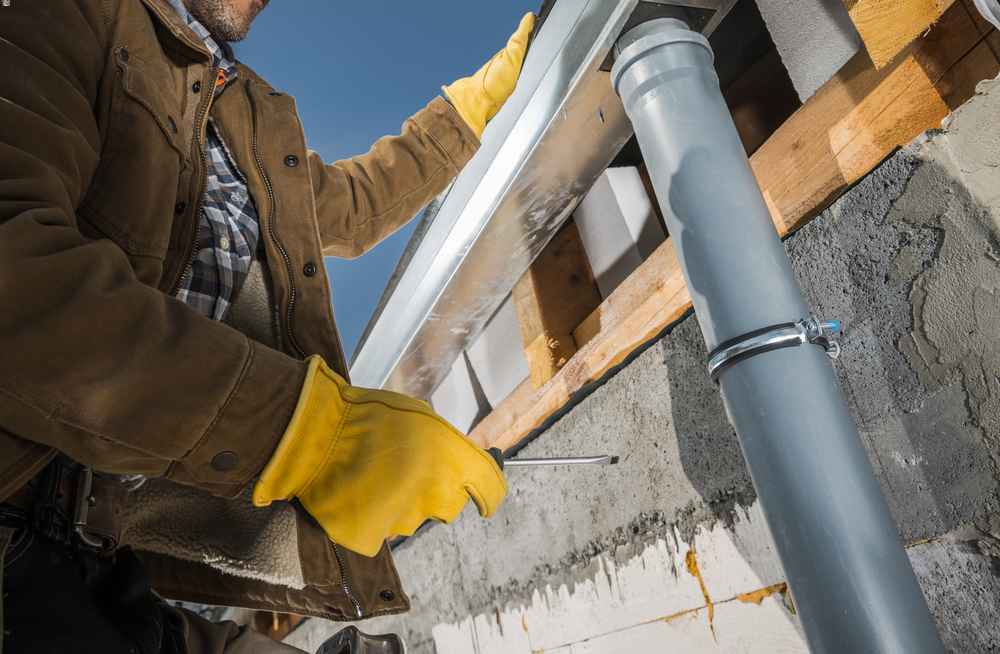
Prepare for Heavy Rain: Drainage Add-Ons
North Carolina storms don’t hold back, and if your yard collects water near your foundation, even the best gutter system may need help. Drainage add-ons can solve high-volume water problems and give you a backup plan when the rain won’t quit.
Add these for extra protection:
- Downspout extensions: Simple, affordable ways to move water far from your home.
- Splash blocks: Direct water gently into soil or landscape beds without erosion.
- French drains: Subsurface piping systems that collect and redirect water.
- Dry wells: Underground reservoirs that absorb storm runoff slowly.
- Rain barrels: A sustainable way to collect rainwater for gardens while easing pressure on your drainage system.
When used alongside proper gutters and downspouts, these additions offer the best all-around defense against flood risk and help prevent home water damage.
Watch for Warning Signs
Don’t wait for water to start dripping through the ceiling before taking action.
Regularly check your home for signs that your gutter system may need help:
- Overflowing gutters during rain
- Water stains on siding or fascia boards
- Erosion or puddles near the foundation
- Sagging or pulling gutters
- Water in your basement or crawl space
- Mold growth in the attic or walls
These are early signs that water is going where it shouldn’t, and the sooner you address them, the easier (and cheaper) it is to fix.
Stay Ahead of the Rain With Regular Gutter Maintenance
The best time to worry about stormwater is before it hits your home. With the right gutter maintenance tips, a little bit of attention now can prevent major repairs down the road. Clean gutters, working downspouts, and a solid drainage plan can save your roof, foundation, and peace of mind.
If you want to avoid costly damage and feel confident heading into the next storm, it all starts with one simple step: get your gutter system checked.
Schedule Your Free Gutter Inspection Today
Don’t wait until your gutters overflow to take action. Infinity Roofing offers free inspections to check your gutter condition, drainage system, and roof health, all in one visit. Our team is local, trusted, and ready to help you protect your home from North Carolina’s toughest weather.
Contact us today to schedule your free inspection and keep your home safe from heavy rain and water damage.

